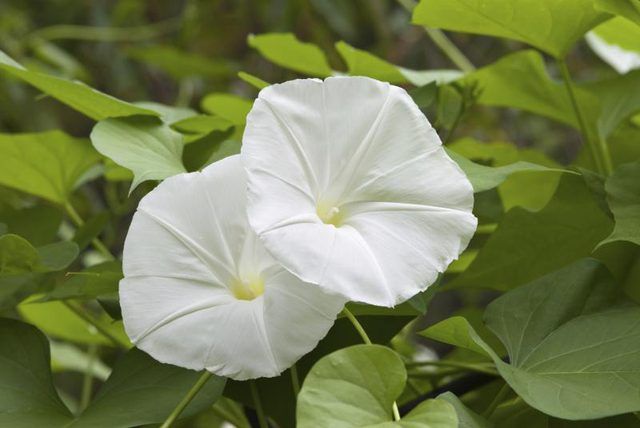Bulbs
Flower Basics
Flower Beds & Specialty Gardens
Flower Garden
Garden Furniture
Garden Gnomes
Garden Seeds
Garden Sheds
Garden Statues
Garden Tools & Supplies
Gardening Basics
Green & Organic
Groundcovers & Vines
Growing Annuals
Growing Basil
Growing Beans
Growing Berries
Growing Blueberries
Growing Cactus
Growing Corn
Growing Cotton
Growing Edibles
Growing Flowers
Growing Garlic
Growing Grapes
Growing Grass
Growing Herbs
Growing Jasmine
Growing Mint
Growing Mushrooms
Orchids
Growing Peanuts
Growing Perennials
Growing Plants
Growing Rosemary
Growing Roses
Growing Strawberries
Growing Sunflowers
Growing Thyme
Growing Tomatoes
Growing Tulips
Growing Vegetables
Herb Basics
Herb Garden
Indoor Growing
Landscaping Basics
Landscaping Patios
Landscaping Plants
Landscaping Shrubs
Landscaping Trees
Landscaping Walks & Pathways
Lawn Basics
Lawn Maintenance
Lawn Mowers
Lawn Ornaments
Lawn Planting
Lawn Tools
Outdoor Growing
Overall Landscape Planning
Pests, Weeds & Problems
Plant Basics
Rock Garden
Rose Garden
Shrubs
Soil
Specialty Gardens
Trees
Vegetable Garden
Yard Maintenance
How to Grow Moonflowers
How to Grow Moonflowers. The large, snow-white flowers and heart-shaped leaves of the night-blooming moonflower (Ipomea alba) adorn twining vines that can reach up to 10 to 15 feet tall, taking your garden to new heights. As a bonus, the plant doesn’t require much cultivation, and the summer to fall blooming period attracts hummingbirds to...

The large, snow-white flowers and heart-shaped leaves of the night-blooming moonflower (Ipomea alba) adorn twining vines that can reach up to 10 to 15 feet tall, taking your garden to new heights. As a bonus, the plant doesn’t require much cultivation, and the summer to fall blooming period attracts hummingbirds to your yard, as well as nocturnal moths. To grow this native plant in your garden or alongside your porch or patio, wait until the soil temperature reaches at least 65 degrees Fahrenheit to plant the seeds, which need a bit of preparation for best results. Often grown as an annual, this pantropical plant is perennial in U.S. Department of Agriculture plant hardiness zones 9 through 12.
Things You'll Need
Rasp or file
Container of warm water
Trellis
Mulch
Liquid fertilizer (optional)
Small paper bag
Twist tie
Nick the moonflower seeds with a rasp or file to break through the seed coat, and soak the seeds overnight in warm water.
Install a strong trellis in a prepared bed that receives no less than 4 to 6 hours of sunlight daily. The trellis should be at least 6 feet tall to support the growth of the vines. Choose an area with rich, loamy soil that drains well and has a slightly acidic pH of about 5.5 to 6.5.
Plant the moonflower seeds about 1/2 inch deep along the trellis, gently covering them with a thin layer of soil. Keep the soil slightly moist until the seeds germinate.
Water the seedlings so moisture reaches the roots but does not completely saturate the soil. As the seedlings grow, thin them to about 12 inches apart. Reduce watering frequency to once a week when the vines are established.
Spread a 1- to 2-inch layer of mulch or organic compost around the vines, keeping it at least 1 inch away from the base of the plants. Leaves, newspaper or cardboard works well to keep weeds down.
Fertilize the vines once a month with 1 teaspoon of a general-purpose liquid fertilizer mixed with 1 gallon of water, which will cover a 10-square-foot area. This feeding schedule is not necessary if the vines are healthy and growing strong.
Deadhead or remove the spent blooms if you don't want the plants to self-seed. If you want to collect the seeds, slip a small paper bag over the end of a stem that contains a dying flower and secure the bag with a twist tie. As the seed pod grows and bursts, the bag will catch the seeds.